Key Signs of Dog Aggression

Wow. There is just SO much misinformation out there when it comes to aggressive dogs. Truth be told, any dog breed can be aggressive. Not just Pits, not just breeds that used to be fighting dogs. Oh, and while we’re at it, the so-called ‘ankle snapper’ title isn’t deserved – dogs such as terriers, Dachshunds and Miniature Schnauzers aren’t more prone to aggression simply because they’re small.
Rather than focusing on the breed, what’s important is that you know the warning signs of canine aggression (and understand WHY they’re being aggressive in the first place).
It’s as simple as that. So here’s what you should be looking out for…
Dominant aggression – The alpha dog is attempting to mark his territory
Does your dog…
- Block people’s path?
- Barge through doors?
- Demand attention?
- Stop eating if approached?
- Insert himself between you and another person or dog?
- Lunge at people?
The indicators above are signs of ‘dominant aggression’, where your dog is establishing authority. Ultimately, they are showing that they are in charge.
Any one of these things needn’t be an issue in and of itself, but it should be monitored.
That’s not to say that dominant aggression can’t lead to dangerous aggression – it can. And even if it doesn’t, your role should be as the alpha male – the pack leader. Anything less, and your dog will think like, and act like, the boss.
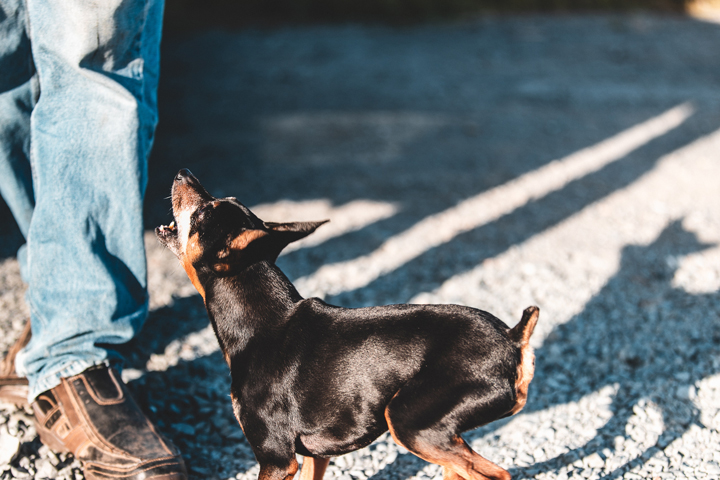
Defensive aggression – A.K.A. Fear aggression
A dog that shows defensive aggression will showcase all the signs of submissiveness until, that is, their fear leads them to act. Submissive signs include…
- Pinned ears
- Lack of eye contact
- A bowed head
- Head and body held in a position close to the ground
- A tail that’s tucked under their body
- Urination through fear
This type of aggression can be the most difficult to predict, and is more common in dogs that may have been abused or neglected in their earlier years. In the instance of defensively aggressive dogs, contact (even reassuring contact) can lead to a dog biting through fear.
Dog-on-dog aggression – Making a walk in the park a minefield
Your dog could be the sweetest, most loving dog in the world. They may be the perfect pet for kids, and lick every damn stranger who walks through the door. Yet the moment they see another dog, that’s it – they’re off – barking, snarling and (if they get close enough) biting and fighting.
Here are some signs of dog-on-dog aggression…
- Lunging
- Raised hackles
- Posturing
- An upright tail
- Direct eye contact
- Pricked ears
- Snarling
A key pointer here is that bowing down, growling and barking can all be invitations to play (so long as their body language is relaxed). However problems can arise with excessively dominant behavior (such as humping), or where two dogs continually show dominance to one another. In either case, the dogs could be struggling to establish a hierarchy as to who’s the alpha. This can eventually progress to fighting in an attempt to settle the matter, so they need to be monitored carefully.
Three quick tips to stop dog aggression before it starts
Socialize your puppy – attend regular puppy training classes, and organize doggy play dates with your friends. Make sure you switch up their socialization sessions between other puppies and older, well behaved mature dogs.
Neuter or spay your dog as early as you’re able – Whether female or male, this will decrease the hormones coursing through their body, reducing the risk of hormone-driven aggression.
Be firm, but also kind and respectful to your dog – Use positive reinforcement, rather than punishment, to train him. Using tactics such as physical correction, isolation and human aggression will only lead to stress and anxiety, which in itself could lead to aggressive behaviors.
Pack leader for hire – The importance of a professional trainer
For all the will (and research) in the world, there’s no substitute for the help of a trained canine expert when tackling aggression. If you’re concerned about your pooch and whether they’re displaying worrying indicators of aggression, investing in professional help is the ideal first port of call. Your veterinarian can also be an excellent source of help and advice.
Last minute no nos…Do not (ever) stare your dog down; punish him; take away his food or favorite toy; grab him or tug on his collar.
From Akitas to Zuchons, stressed, anxious dogs can easily become aggressive without the right intervention. A helping hand comes in the simple form of a bone. But not just any old bone – we’re talking CBD dog treats.
With 10mg of full spectrum CBD, you can easily dose your dog (no matter their size) with the calming, comforting effects of cannabidiol.
_____________
This article by Jennifer is originally published at FOMO Bones. Jennifer is the voice behind the FOMO Bones blog. She’s pretty sure in her past life, she was a Great Dane. However, we peg her as more of a labrador. Regardless of her breed, she’s a dog enthusiast who has 15 years experience training dogs and owners.
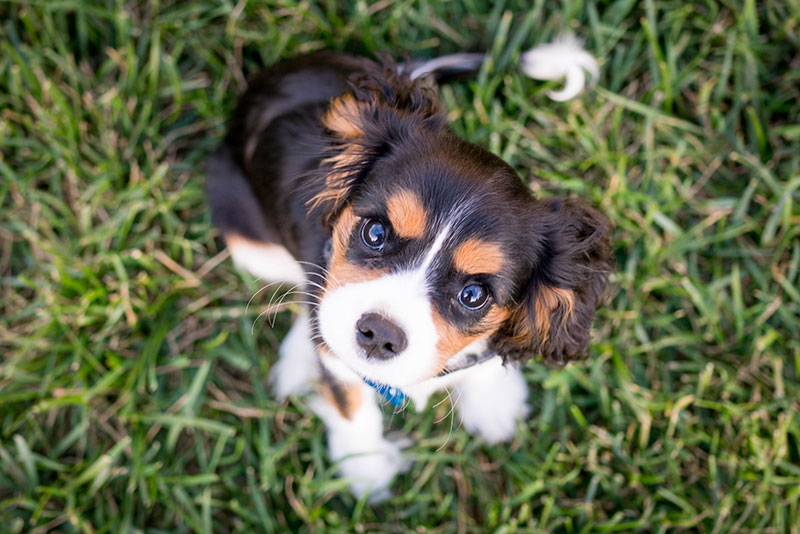


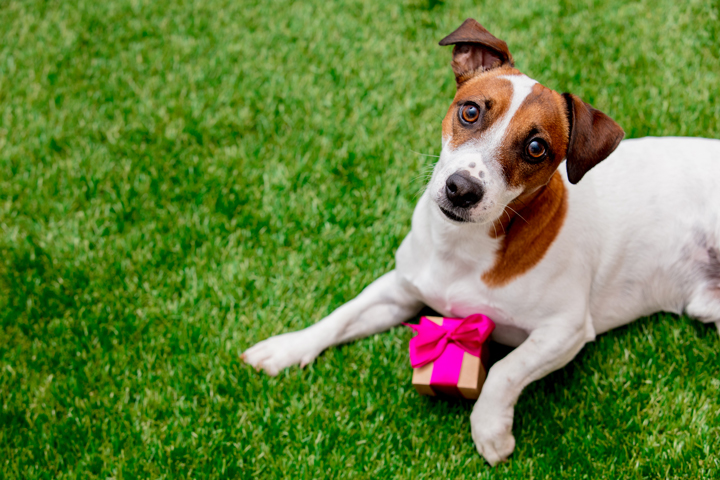
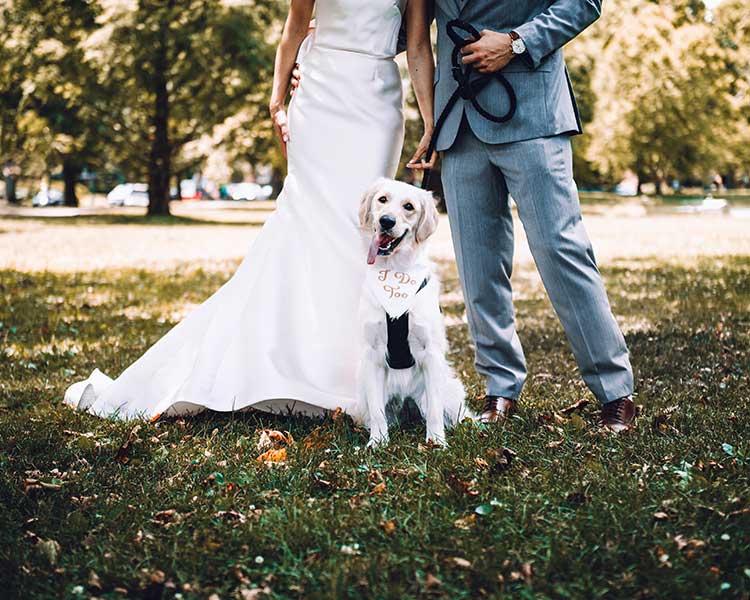
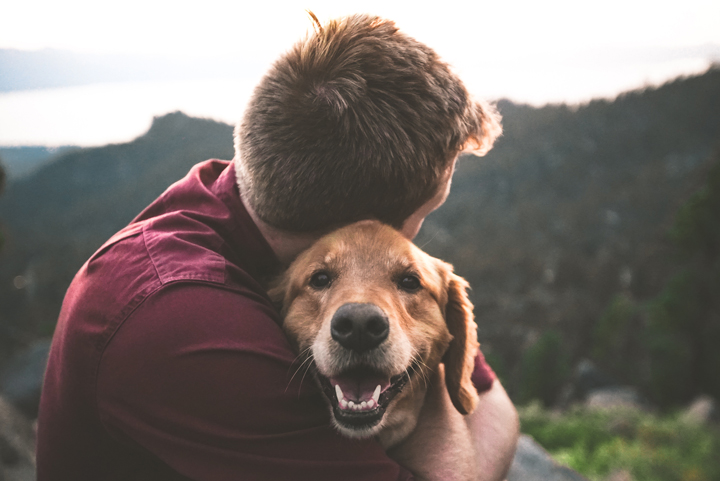
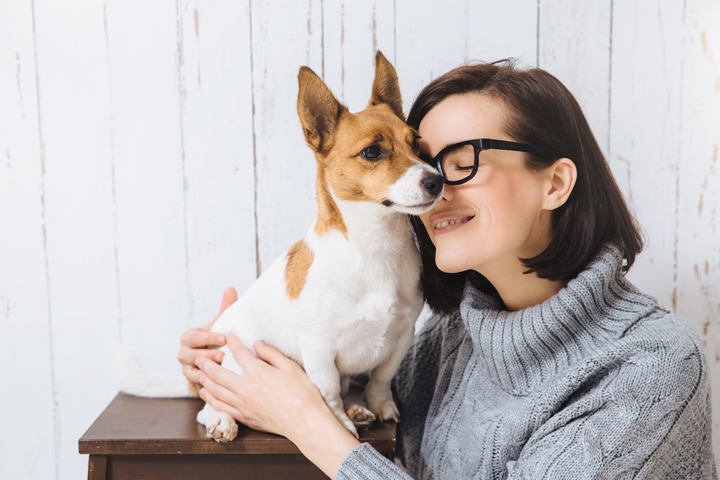
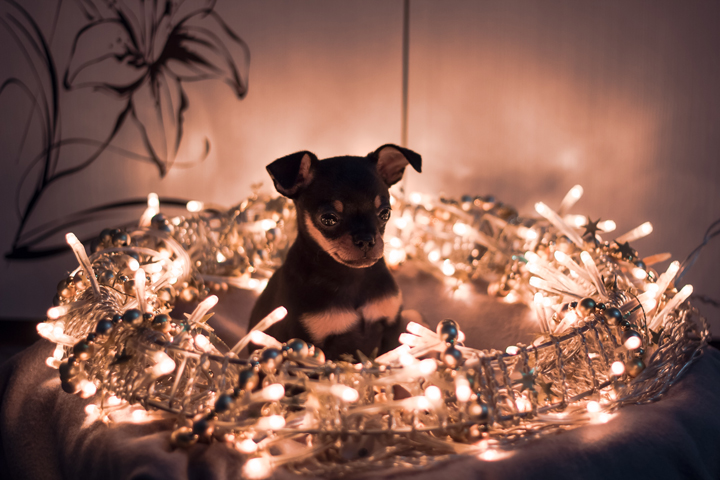
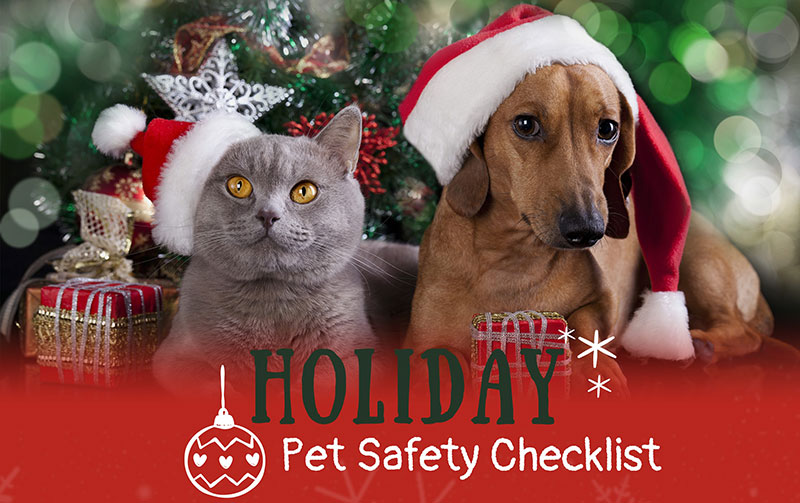

Leave a Reply